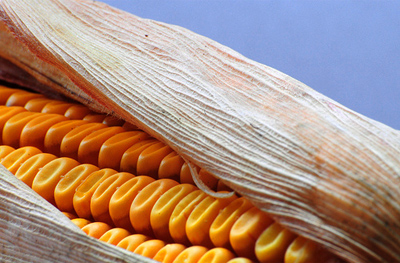
Olive oil cultivation has distinguished the province of Lucca since ancient times a deep rooted tradition of olive growing which shows how precious and typicl this crop is, today more than ever, constantly looking to safeguard an irreplaceable heritage.
The landscape has alwys seemed to be richin olive trees, which were once cultivated on hillocks and steep mountain terraces. In the Lucca area olive cultivation developed in the 14th and 15th centuries with production increasing at thet time.
Statues were drawn up in the various communities with precise rules of behaviour which influenced the quality of local production, even identifying the varieties most commonly grown. Varieties were assed in the province of Lucca which are still cultivated today. With time the olive oil became, thanks to the ability and tenacity of those who had always grown it, an opportunity for commercial development. In the Lucca area the olive oil has always represented not just a factor for economic growth but also a way of life.
Extra Virgin Olive Oil is the product which more than any other characterises the province of Lucca and its gastronomic tradition, both in the interland and the coastal area.
The olive oil of Lucca is not only one of the most famous in Tuscany, and as such was the first in the 19th century to cross the borders of Italy and Europe, but also has outstanding characteristics which make it difficult to confuse with oil produced in other areas of the region.
Its characteristics have made it part of the staple diet, not only for its olfactory properties but also dietary ones, for a healty and correct diet. This oil comes from the typical Tuscan cultivars Frantoio, Leccino and to a lesser extent, Pendolino and Maurino.
However, the peculiarities of the terrain, the altitude and the position make the oil unique for its fruity flavour, its golden yellow colour with hints of green, and for its overall aroma, such that today many professional taster from the various oil producing areas of Italy take back a sample of extra virgin olive oil from lucca to use as a yardstick for purchasing olive oil for the companies that they work for.
It is not by chance that the extra virgin olive oil from the hills of Lucca has earned the right to mention additional geographical distinction, in terms of IGP, obtained from DOP Tuscan oil.
This makes it very easy to recognise a bottle of extra virgin olive oil from Lucca.
For very special taste olive oil please contact www.aziendaagricolamatteucci.com




